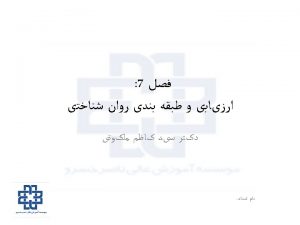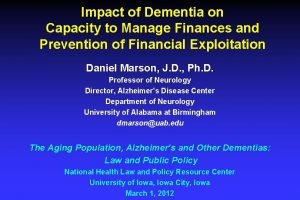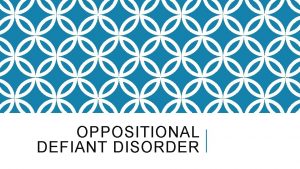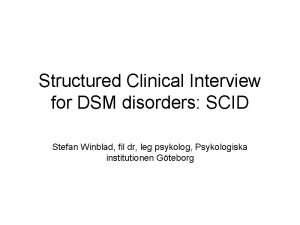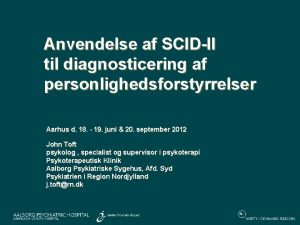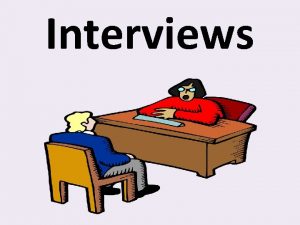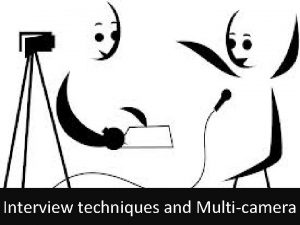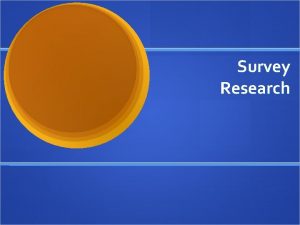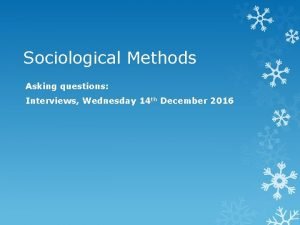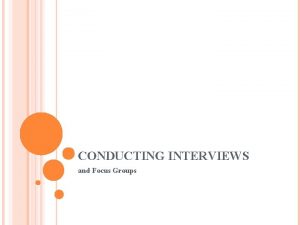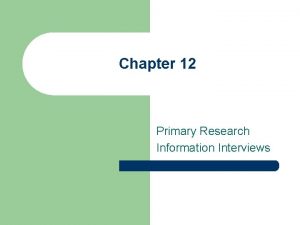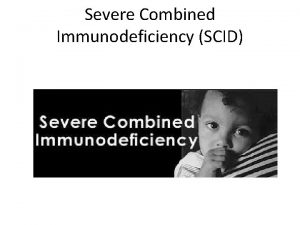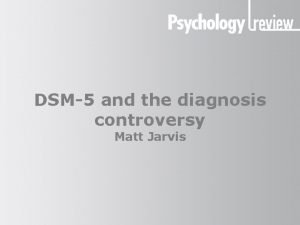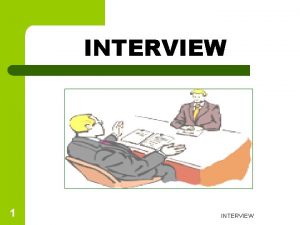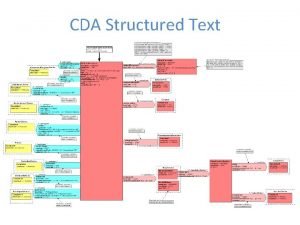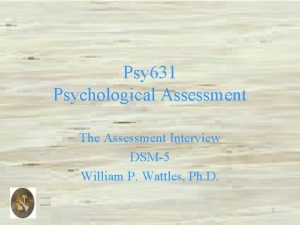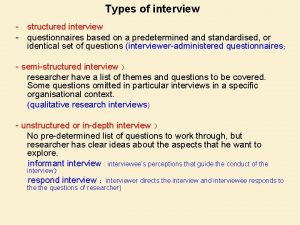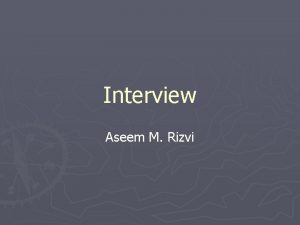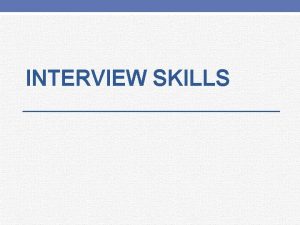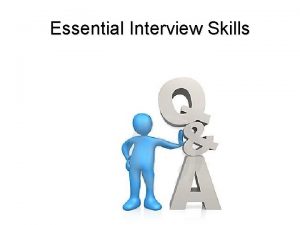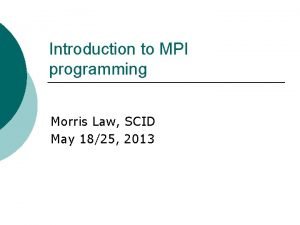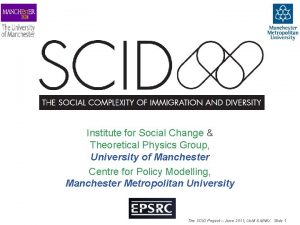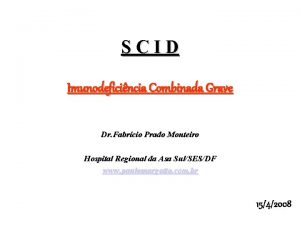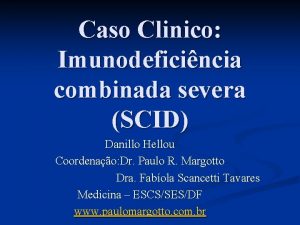interview SCID Structured Clinical Interview for DSM5 SCID5

























- Slides: 25





ﻣﺼﺎﺣﺒﻪ interview ﻣﺼﺎﺣﺒﻪ ﻫﺎی ﻣﻬﺎﺭﺕ ﺍﺯ • ﺍﺳﺘﻔﺎﺩﻩ ﺳﺎﺧﺘﺎﺭ • ﺑی SCID ﺳﺎﺧﺘﺎﺭ • ﻧیﻤﻪ Structured Clinical Interview for DSM-5 (SCID-5) • CIDI, SADS یﺎﻓﺘﻪ • ﺳﺎﺧﺘﺎﺭ composite international diagnostic interview • Schedule for Affective Disorders and Schizophrenia •






intelligence quotient ﻫﻮﺵ • آﺰﻣﻮﻥ • ﺑیﻨﻪ Stanford-binet intelligence test • • ﻭکﺴﻠﺮ Wechsler adult intelligence scale •


ﻧﺮﻭﻓیﺰیﻮﻟﻮژیک ﻫﺎی آﺰﻣﻮﻥ Bender visual motor gestalt test • Halsted reitan neuropsychology test •








ﻣﺤﻮﺭی 5 ﺗﺸﺨیﺺ • • • AXIS I: mental disorder AXIS II: personality dis AXIS III: somatic illness AXIS IV: psychosocial stressors AXIS V: general assessment function GAF

• Axis I: Adjustment Disorder with Depressed Mood, Alcohol Abuse, Cannabis Abuse • Axis II: No Diagnosis of Axis II • Axis III: Hypothyroidism • Axis IV: None • Axis V: GAF = 50 (on admission), GAF = 62 (on discharge)

Axis IV Categories • • Problems related to the social environment Educational problems Occupational problems Housing problems Economic problems Problems with access to health care services Problems related to interaction with the legal system/crime Other psychosocial and environmental problems

Global Assessment of Functioning (GAF) Scale (DSM–IV, Axis V( Code Description of Functioning 100 - 91 Person has no problems OR has superior functioning in several areas OR is admired and sought after by others due to positive qualities 90 - 81 Person has few or no symptoms. Good functioning in several areas. No more than "everyday" problems or concerns. 80 - 71 Person has symptoms/problems, but they are temporary, expectable reactions to stressors. There is no more than slight impairment in any area of psychological functioning. 70 - 61 Mild symptoms in one area OR difficulty in one of the following: social, occupational, or school functioning. BUT, the person is generally functioning pretty well and has some meaningful interpersonal relationships. 60 - 51 Moderate symptoms OR moderate difficulty in one of the following: social, occupational, or school functioning. 50 - 41 Serious symptoms OR serious impairment in one of the following: social, occupational, or school functioning. 40 - 31 Some impairment in reality testing OR impairment in speech and communication OR serious impairment in several of the following: occupational or school functioning, interpersonal relationships, judgment, thinking, or mood. 30 - 21 Presence of hallucinations or delusions which influence behavior OR serious impairment in ability to communicate with others OR serious impairment in judgment OR inability to function in almost all areas. 20 - 11 There is some danger of harm to self or others OR occasional failure to maintain personal hygiene OR the person is virtually unable to communicate with others due to being incoherent or mute. 10 - 1 Persistent danger of harming self or others OR persistent inability to maintain personal hygiene OR person has made a serious attempt at suicide.

• Cross-cutting level • Survival guide • III sections
 Scid5
Scid5 Semi-structured clinical interview for financial capacity
Semi-structured clinical interview for financial capacity Odd dsm5
Odd dsm5 Depressionskriterier
Depressionskriterier Paranoid personlighedsforstyrrelse
Paranoid personlighedsforstyrrelse Disadvantages of unstructured interviews
Disadvantages of unstructured interviews Sa/sd vs jsd
Sa/sd vs jsd Objective structured clinical examination
Objective structured clinical examination Difference between osce and ospe
Difference between osce and ospe Structured interview
Structured interview Unstructured interview guide
Unstructured interview guide Sociological questions to ask
Sociological questions to ask What is qualitative questions
What is qualitative questions Primary research interviews
Primary research interviews Formel för lufttryck
Formel för lufttryck Multiplikation med uppställning
Multiplikation med uppställning För och nackdelar med firo
För och nackdelar med firo Elektronik för barn
Elektronik för barn Underlag för särskild löneskatt på pensionskostnader
Underlag för särskild löneskatt på pensionskostnader Toppslätskivling dos
Toppslätskivling dos Borra hål för knoppar
Borra hål för knoppar Bris för vuxna
Bris för vuxna Bra mat för unga idrottare
Bra mat för unga idrottare Frgar
Frgar Jiddisch
Jiddisch Ledarskapsteorier
Ledarskapsteorier
